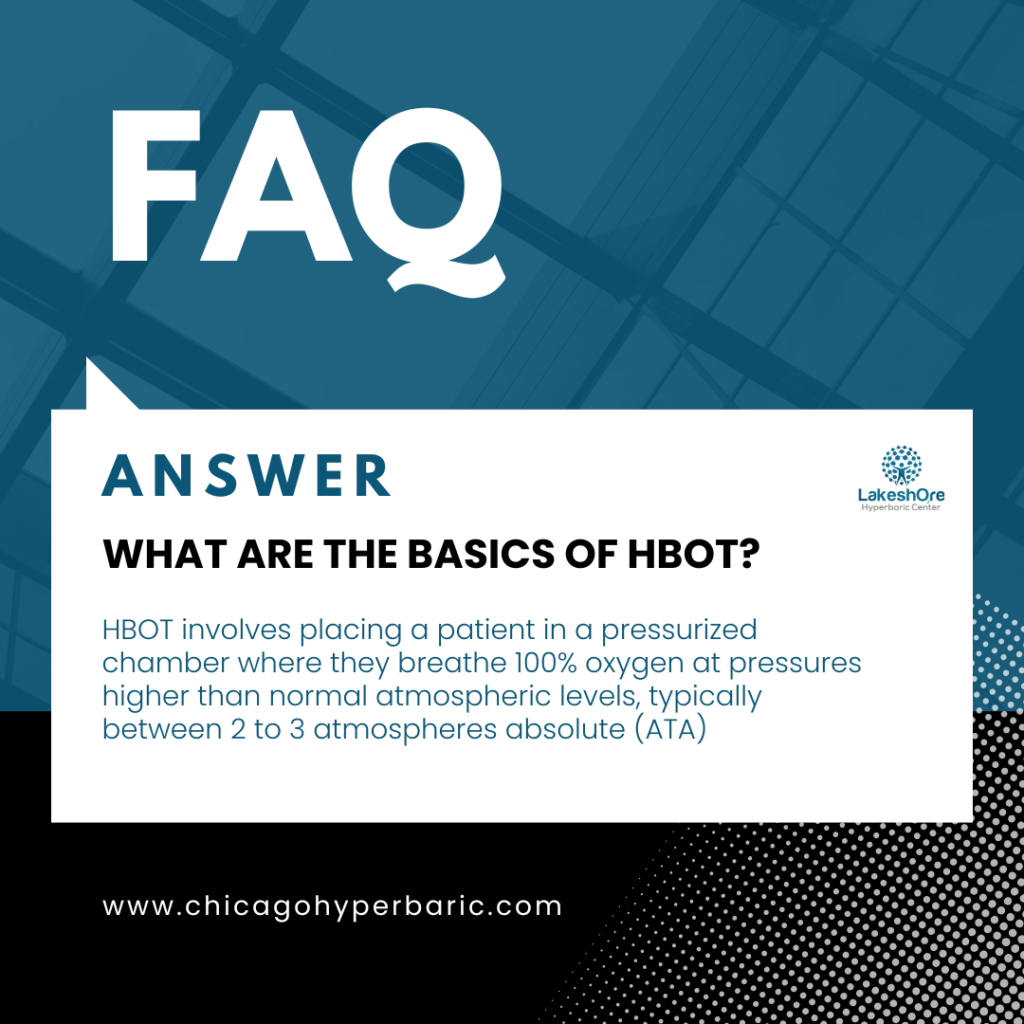Hyperbaric oxygen therapy (HBOT) has evolved into a multifaceted treatment modality, offering various chamber types tailored to specific therapeutic needs. Recent studies have also highlighted its potential in anti-aging interventions. This article delves into the types of hyperbaric oxygen therapy and examines how hyperbaric chambers may reverse aging processes.
Types of Hyperbaric Oxygen Therapy
| Type | Description | Applications | Advantages |
|---|---|---|---|
| Monoplace Chambers | Designed for individual use, accommodating a single person lying down. Pressurized with 100% oxygen. | Commonly used in hospitals for treating carbon monoxide poisoning, decompression sickness, and non-healing wounds. | Provides a controlled environment with high oxygen concentration for effective treatment outcomes. |
| Multiplace Chambers | Accommodates multiple patients simultaneously, using compressed air while patients breathe 100% oxygen through masks or hoods. | Used for treating several patients at once, often in emergencies. | Allows medical staff to accompany patients, ensuring continuous monitoring and care. |
| Mild Hyperbaric Chambers (Soft Chambers) | Made from flexible materials, operate at lower pressures, and use ambient air or oxygen concentrators. | Commonly used for wellness, sports recovery, and off-label uses. | Portable and affordable, but delivers lower oxygen concentrations than hard chambers. |

Hyperbaric Chambers and Anti-Aging Benefits
| Anti-Aging Mechanism | How HBOT Helps |
| Cellular Rejuvenation | Enhances oxygen delivery to tissues, promotes cellular repair, improves mitochondrial function, and reduces oxidative stress. |
| Telomere Lengthening | Telomeres, which protect chromosome ends, shorten with age. Studies suggest HBOT can increase telomere length by over 20%, potentially reversing aspects of aging. |
| Reduction of Senescent Cells | HBOT may reduce the number of senescent cells (cells that contribute to aging and age-related diseases) by 10-37%, promoting healthier aging. |
| Cognitive Enhancement | Increased oxygenation improves cerebral blood flow, supporting memory, attention, and executive function, which often decline with age. |

Conclusion
Understanding the types of hyperbaric oxygen therapy is essential for selecting appropriate treatment options. Emerging research suggests that hyperbaric chambers may reverse aging, offering promising insights into HBOT as an anti-aging intervention. However, as with any medical treatment, consulting healthcare professionals is crucial to determine its suitability and safety for specific health goals.
Disclaimer
The information provided in this article is for educational and informational purposes only. It is not intended as medical advice, diagnosis, or treatment. Always seek the guidance of a qualified healthcare provider before beginning any new therapy, including HBOT.
Experience the Benefits of Hyperbaric Oxygen Therapy at Lakeshore Hyperbaric Chicago!
Ready to explore the transformative effects of HBOT for health and anti-aging? At Lakeshore Hyperbaric Chicago, we provide state-of-the-art hyperbaric oxygen therapy tailored to your unique wellness needs. Whether you’re seeking accelerated healing or exploring the potential for age reversal, our expert team is here to guide you.
Schedule your consultation today and unlock the power of oxygen for a healthier, more vibrant you!
FAQs
1. What are the types of hyperbaric oxygen therapy?
There are two main types of hyperbaric chambers: medical grade and non-medical grade, sometimes referred to as mild or soft chambers.
2. How many hyperbaric oxygen treatments are there?
The number of HBOT sessions varies based on the condition being treated and individual patient needs. Acute conditions like carbon monoxide poisoning may require a few sessions, whereas chronic conditions such as non-healing wounds might necessitate 20 to 40 treatments. Each session typically lasts about 90 minutes to two hours.
3. What are 5 accepted indications for hyperbaric therapy?
HBOT is FDA-approved for several conditions, including:
- Decompression sickness
- Carbon monoxide poisoning
- Gas gangrene
- Necrotizing soft tissue infections
- Chronic refractory osteomyelitis
These indications are among the 14 approved uses for HBOT.
4. What is the difference between class A and class B hyperbaric chambers?
Hyperbaric chambers are categorized into two basic types:
- Type A (Multiplace Chambers): Accommodate multiple patients simultaneously. The chamber is filled with compressed air, and patients breathe 100% oxygen through masks or hoods.
- Type B (Monoplace Chambers): Designed for individual use, these chambers are pressurized with 100% oxygen, allowing the patient to breathe pure oxygen directly.
5. What are the applications of hyperbaric oxygen therapy?
HBOT is utilized for various medical conditions, including:
- Decompression sickness
- Carbon monoxide poisoning
- Serious infections
- Wounds that won’t heal due to diabetes or radiation injury
It enhances the body’s natural healing processes by improving oxygen delivery to tissues.
6. What are the basics of HBOT?
HBOT involves placing a patient in a pressurized chamber where they breathe 100% oxygen at pressures higher than normal atmospheric levels, typically between 2 to 3 atmospheres absolute (ATA). This process increases oxygen levels in the blood and tissues, promoting healing, reducing inflammation, and combating certain infections.
For personalized information and to determine if HBOT is suitable for your specific health needs, consult with a qualified healthcare provider.




